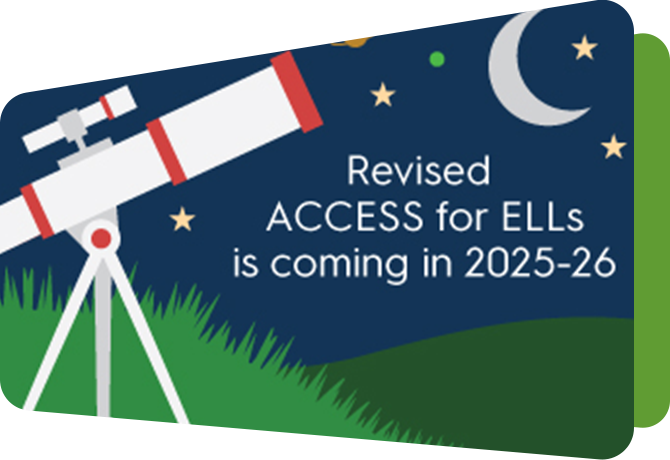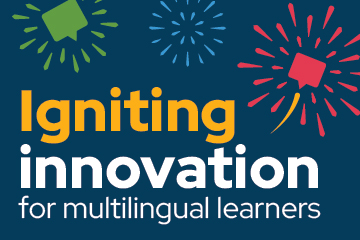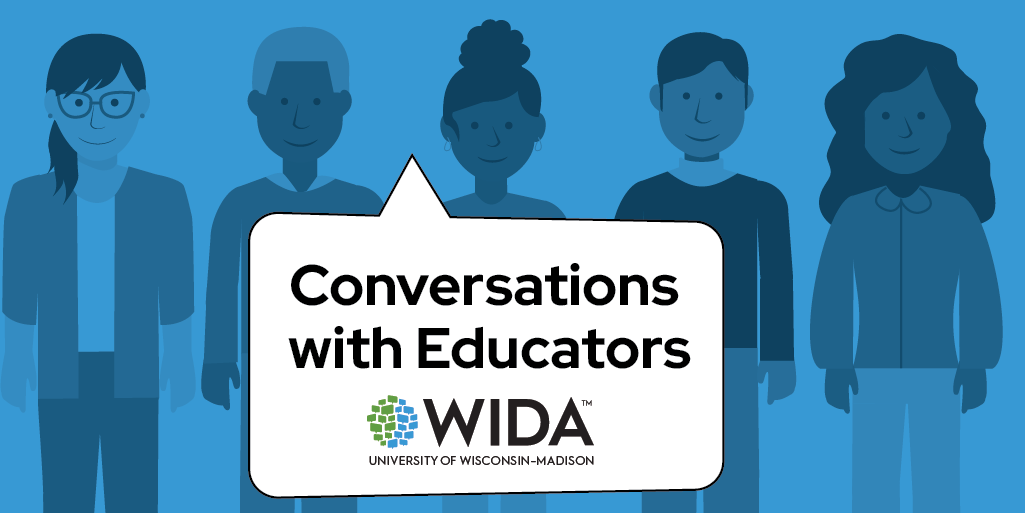Resources/Recursos
Featured Resources



All resources/Todos los recursos
Filter resources by:
Resources/Recursos
Generating Imputed Overall Composite Scale Scores for English Learners with Disabilities Who Are Missing Domain Scores in the ACCESS for ELLs Assessment
This technical report aids WIDA Consortium members and stakeholders in producing imputed overall composite scale scores and proficiency levels for students who are missing scores in one or two domains due to a disability.
Published September 2020
Author: Narek Sahakyan
Released September 2020
What Is WIDA ACCESS? (multiple languages)
Send this handout, available in multiple languages, home with students as an introduction to ACCESS when testing is scheduled or as a reminder before scores are shared. This flyer explains what ACCESS is and why students take this kind of assessment. Use this resource to help parents understand annual language proficiency testing.
Note: For family handouts that explain English learner status and language testing, refer to the What Is WIDA Screener? and What Is WIDA Alternate Screener? handouts.
Resource DetailsReleased July 2020
ACCESS for ELLs: Understanding Your Child's Scores (multiple languages)
Send this flyer home with students along with the ACCESS for ELLs Individual Student Report. This flyer explains each piece of score information included in the report. Use this guide, available in several languages, to help parents understand what scores mean and how they are used.
Resource DetailsReleased July 2020
Examining the Relationship Between the WIDA Screener and ACCESS for ELLs Assessments
This report describes a study that examined to what extent scores on WIDA Screener predict scores on ACCESS for ELLs. Researchers found that Screener scores are strongly predictive of ACCESS scores, even when a variety of individual factors are accounted for.
Published February 2020
Authors: David MacGregor, Narek Sarakyan
Released February 2020
WIDA Speaking Rubric Grades 1-12
Use the WIDA Speaking Rubric to understand the scores students earn on ACCESS for ELLs (Online and Paper), analyze student performance in the classroom, and plan ways to scaffold language learning.
Note: Do not use this rubric to score WIDA assessments. Find relevant scoring tools in the appropriate WIDA assessment training course.
Resource Details View Download NowReleased January 2020
WIDA Writing Rubric Grades 1-12
Use the WIDA Writing Rubric to understand the scores students earn on ACCESS for ELLs (Online and Paper), analyze student performance in the classroom, and plan ways to scaffold language learning.
Note: Do not use this rubric to score WIDA assessments. Find relevant scoring tools in the appropriate WIDA assessment training course.
Resource Details View Download NowReleased January 2020
Less Than Four Domains: Creating an Overall Composite Score as an Indicator of English Language Proficiency for English Learners with 504 or Individualized Education Plans
The illustrated models and procedures can be applied to calculate overall composite scores to identify an indicator of English language proficiency, based on composite scores for English learners with 504 or individualized education plans who are missing one or more domain scores on the Assessing Comprehension and Communication in English State-to-State for English Language Learners assessment for state monitoring, achievement and accountability determinations.
Resource DetailsReleased May 2019
WIDA MODEL and ACCESS for ELLs Concordance Table
WIDA research findings show that MODEL Online overall composite scale scores can predict overall composite proficiency level (PL) scores on ACCESS for ELLs. Use the table in this document to look up a student's overall composite scale score on MODEL Online and estimate the PL score that they would be likely to receive on ACCESS.
Resource Details View Download NowReleased April 2019
Less Than Four Domains: Creating an Overall Composite Score for English Learners with Individualized Education Plans
The analysis in this report illustrates models and procedures that can be used to assign a missing domain score in order to calculate an overall composite score. These methods only apply to assessments taken by English learners whose IEPs or 504 plans require they not be tested in one or more domains.
Resource Details View Download NowReleased March 2019
Understanding Language Proficiency to Develop Language Goals, Grades K-5
These lesson plans (with accompanying worksheets) guide grades K-5 students in understanding language proficiency, determining their own strengths, and setting goals for language development.
Resource Details View Download NowReleased December 2018
Understanding Language Proficiency to Develop Language Goals, Grades 6-12
These lesson plans (with accompanying worksheets) guide grades 6-12 students in understanding language proficiency, determining their own strengths, and setting goals for language development.
Resource Details View Download NowReleased December 2018
Interpretation and Use of K–12 Language Proficiency Assessment Score Reports: Perspectives of Educators and Parents
This paper examine how 18 K–12 educators from 13 states and 12 parents from two states interpret and use score reports from the WIDA ACCESS for ELLs. Educators frequently referred to the proficiency level index of the four language domains of listening, speaking, reading, and writing, and the composite domains to interpret student performance, to make school-level decisions about programming and lesson planning, and to inform district-level budgeting and professional development. Parents found the score report to be helpful, but rarely took additional actions to use its information.
Resource DetailsReleased November 2016
Evaluating Teacher Effectiveness Using ACCESS for ELLs
Regardless of the growth model, aggregate test-score-based models of student growth require large and longitudinally connected samples of student data. When sample sizes are small it becomes impossible to reliably estimate and disentangle district, school and teacher effects from student growth data.
Published June 2015
Author: Narek Sahakyan
Released June 2015
Examining How To Establish English Proficiency Using Alternate Composite Scores
The goal of the analyses presented here is to identify a procedure for creating alternate composite scores on English language proficiency assessments without using all four domain test scores (i.e., listening, speaking, reading and writing).
Published April 2013
Author: H. Gary Cook
Released April 2013




